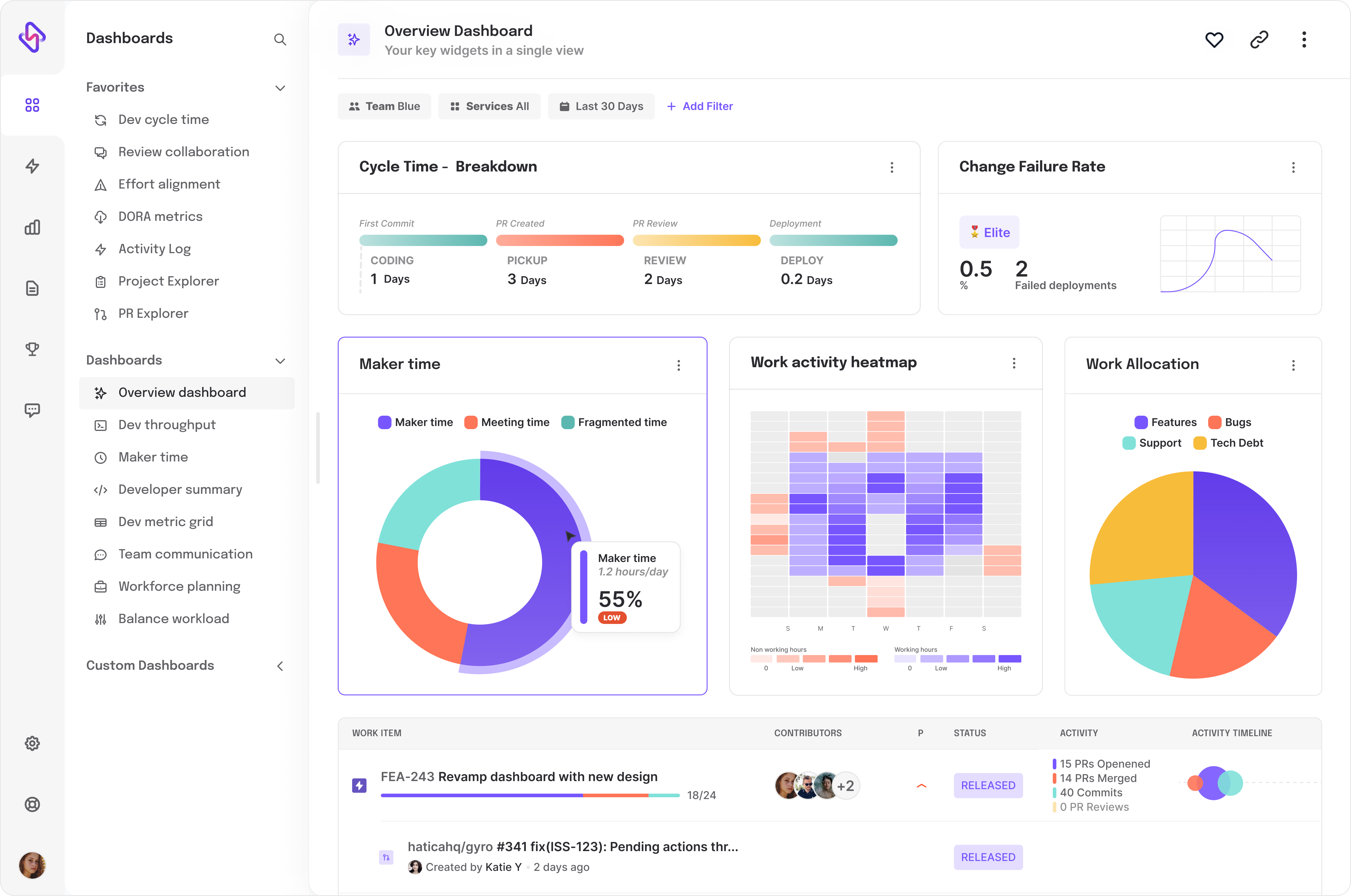What is a Burnout?
Burnout, a worrying workplace phenomenon, has been gaining steady notice over the past decade. However, the pandemic accelerated the levels of burnout and cast into the spotlight the disquieting state of mental health, well-being, and burnout in our global workforce. Though most people tend to throw the word around casually, burnout is a serious condition that the World Health Organization, in 2019, described as a workplace phenomenon and defined as “a syndrome conceptualized as resulting from chronic workplace stress that has not been successfully managed.“
The WHO further elaborates burnout as being characterized by
- Chronic exhaustion and feelings of energy depletion,
- Alienation from one’s job, feelings of negativism or cynicism related to one’s job, and
- A feeling of professional inefficacy.
What Causes Burnout?
Remote work, for a majority of employees, often refers to working from home where the line between work and non-work is hazy at best. Many employees struggle with identifying healthy boundaries between work and their personal lives. Coupled with hyper-digitization, an always-on technological environment, rampant FOMO (“fear of missing out”), and a culture that celebrates overwork, employees tend to overwork to the level of exhaustion, day after day, leading to burnout.
A Harvard research identified millennials as the most burned-out of the workforce because of their lack of autonomy at the workplace, their economic and financial situations, and their lack of social connectedness.
How to Identify the Causes of Burnout?
The WHO provides a framework to describe six areas where employee experiences can cause burnout. These are:
- A workload that does not allow space for rest, personal development, and professional growth.
- A perceived lack of control leading to employees feeling out of control on issues concerning them. This lack of control amongst employees can be caused primarily by a feeling of not having their perspectives heard or acknowledged, or having inadequate training and resources to complete a job.
- Lack of reward and recognition, both intrinsic and extrinsic, can lead to employees feeling let down even after the effort they make to do a good job.
- Lack of community, professional relationships, camaraderie, and social connectedness leading to increased feelings of isolation.
- Unfair and inequitable practices at the workplace such as discrimination, or even a lack of visibility and recognition exacerbate stress.
- A mismatch in value systems causes immense psychological stress to employees that lends itself to burnout.






